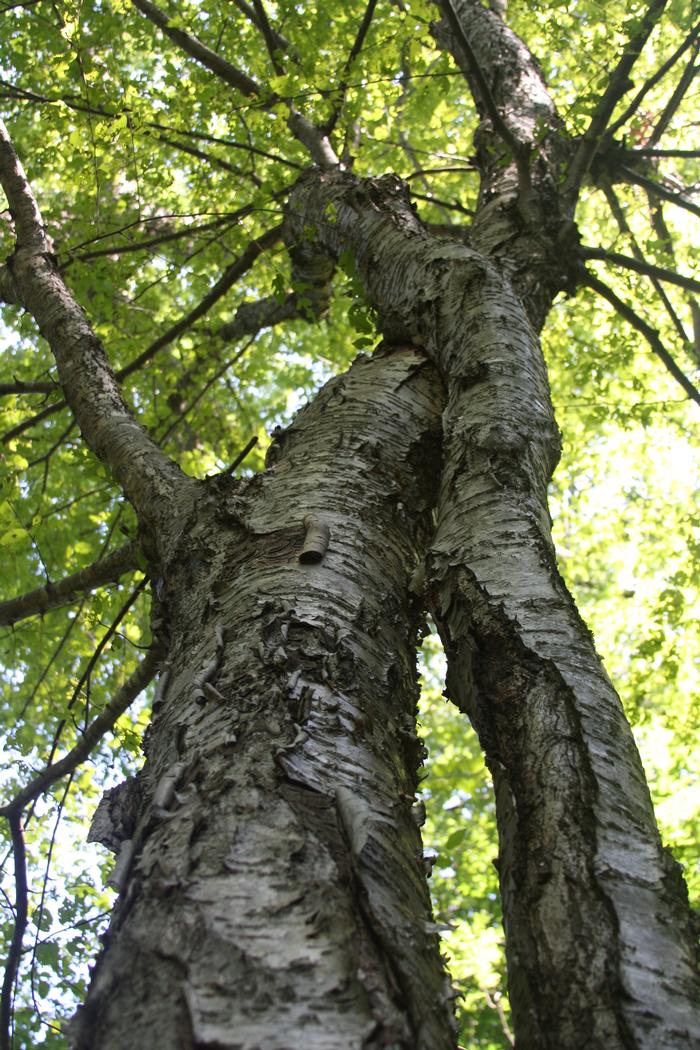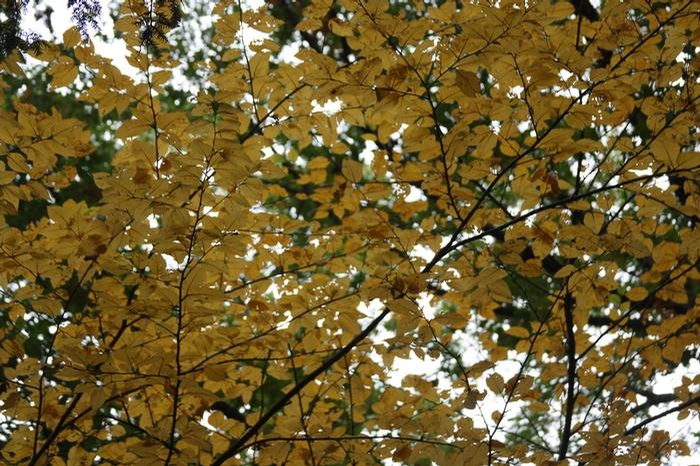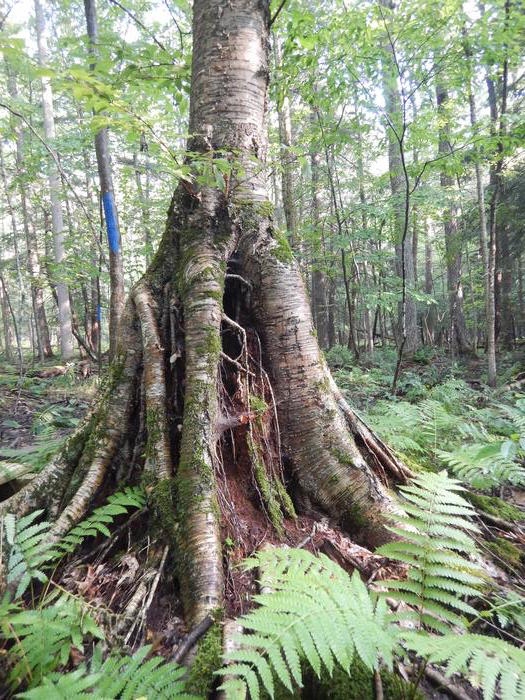General Description
Bloom Description: Yellow birch produces comparatively inconspicuous, elongated flowers called catkins. Green male catkins appear singley or in clusters of two-three in late summer and remain green on the tree throughout winter, only to elongate to 7-10cm and turn purple-pink in spring, when they release their pollen. The female catkins are solitary, formed in the fall and enclosed in buds over the winter. They appear on the ends of short branchlets in late May to early June.
Growth Habit & Shape: Yellow birch is relatively slow-growing among birches, but can reach up to 30 meters in height, with a broad crown that can be compared to a candelabra. Forest trees tend to be narrower.
Soil Preferences: This tree is versatile in the landscape, but prefers well-drained, fertile loams and relatively well-drained, sandy loams.
Root Description: Roots are woody and form broad lateral systems, reaching a maximum of 5ft depth depending on growing conditions. Roots tend to follow existing root hollows when planted in woodland settings with well-developed soils.
Garden Uses: This species is excellent for naturalizing on slopes, near wetlands, and on river banks; given enough space, yellow birch is also a great choice of shade tree.
Best Management & Maintenance: Newly planted saplings should be watered throughout their first growing season, unless soils are already quite moist. Trees should not be pruned until summer, when the sap has stopped flowing.
Common Problems: Betula alleghaniensis, like other birches, is susceptible to a number of fungal and insect pathogens, especially bronze beech borer, which is particularly troublesome in warm, dry soil conditions.
Benefits
Wildlife Benefits: Betula species support just short of 400 species of lepidopterans (butterflies and moths) throughout their life cycles. The quantity of insects supported on these trees attracts numerous songbirds, some of which settle into the trees to nest.
Other Practical/Environmental Benefits: bank stabilization and erosion control, shade
Use in place of: -
Ecology
Habitat:
Grows in humid, cool conditions, like ravines and lowland woods, and can be found in glacial soils throughout its range.
Response to Disturbance: Yellow birch is relatively intolerant of disturbances such as long periods of drought, and seedlings are typically killed off by fire. In undisturbed woodlands, seedlings can establish on moss, decomposed logs, or in leaf litter. Established inviduals can tolerate partial shade, and may be extremely long-lived, up to 100 years.
Native State Distributions:
Canada: NB, NF, NS, ON, PE, QC
USA: CT, GA, IA, IL, IN, KY, MA, MD, ME, MI, MN, NC, NH, NJ, NY, OH, PA, RI, SC, TN, VA, VT, WI, WV
Wetland indicator status: FAC
References
Return to Top




